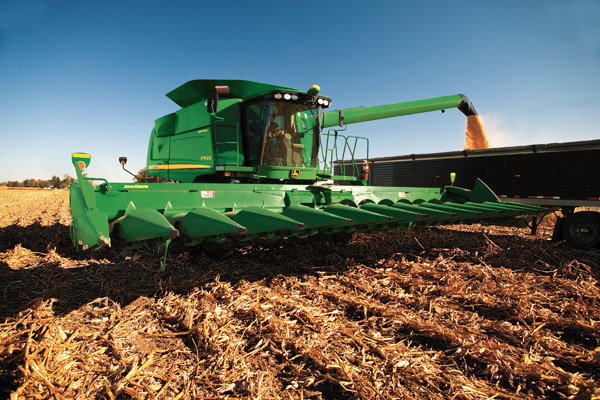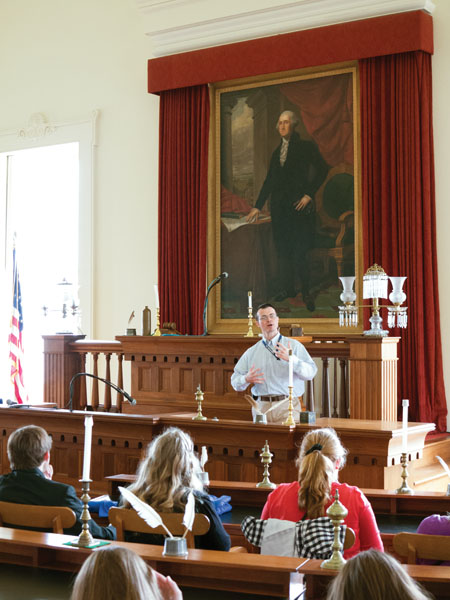Rural America is gaining a few new residents, but its overall share of the U.S. population is slowly falling, according to new data from the federal government.
Recent reports from the Agriculture Department’s Economic Research Service and the Census Bureau show the percentage of rural population is at an all-time low.
Only 16.4 percent of the nation’s 311.6 million people lived in rural areas in 2011, the Agriculture Department said in a May report. That’s down from 17.4 percent a decade ago and 16.5 percent a year ago. In 1980, more than 20 percent of the population lived in areas defined as rural.
Just four states ― Maine, Vermont, West Virginia and Mississippi ― have at least half of their residents living in rural areas.
Those numbers mirror data released earlier this spring by the Census Bureau, which reported rural areas gained a modest 430,000 people between 2000 and 2010. That was an increase of less than 1 percent, and far below the 12.1 percent jump in population in urbanized areas and urban clusters.
The agencies employ different definitions and methodologies. The Census Bureau’s calculation classifies areas of at least 2,500 people and less than 50,000 people as “urban clusters,” and some demographic experts say that description is too broad.
By any measure, though, it is clear the rural population is on the wane. During the 1990s, migration into rural America accounted for nearly two-thirds of its population gain, but that trend has slowed in recent years.
“Rural population growth slowed primarily because of fewer people moving to rural areas after 2000,” said Kenneth Johnson, a professor and senior demographer at the Carsey Institute at the University of New Hampshire.
The population information is important because it is used in a variety of federal funding formulas.
According to Agriculture Department data, more than 56 percent of all rural counties, a total of 1,140, lost population just from 2010 to 2011. While those losses were scattered across the country, the heaviest losses generally occurred in the Southeast.
Analysts have cited a number of trends in explaining why the population of rural America is shrinking, including a shortage of job opportunities. Employment in rural America grew by less than the national average—0.6 percent, compared with 0.9 percent—between 2010 and 2011.
Despite those trends, electric cooperatives have continued to add members, largely by serving territories that are becoming more suburban or are undergoing rapid growth, like the North Dakota oilfields.
Co-ops added 187,000 new members in 2010, according to the NRECA Strategic Analysis Unit, at a time when the overall rural population remained essentially unchanged.
That co-op growth was well below the 2.8 percent average annual growth from 1974 to 2007, though three-quarters of all co-ops still had a net increase in members in 2010. Still, 200 co-ops lost consumers in 2010, according to the annual NRECA Vital Signs report found on cooperative.com [registration required].
Mike Ganley, director of the NRECA Strategic Analysis Unit, noted that “We are seeing a lot of diversity in the membership, as some co-ops experience rapid growth, while many of the remote areas have shown little or no growth for years.”
Source: ECT.coop, a publication of the NRECA









